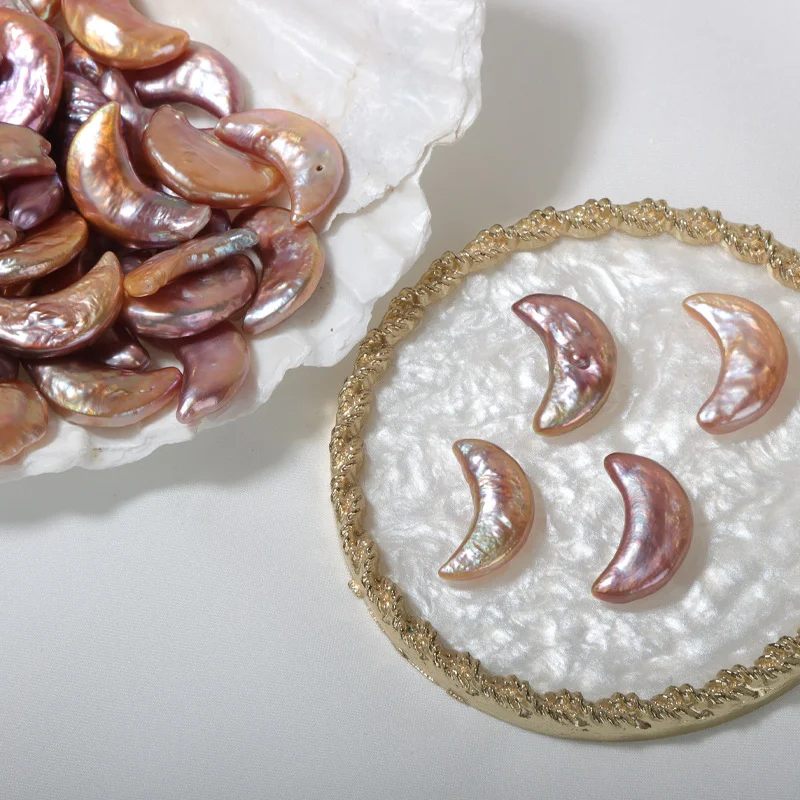How to Preserve Pearl Luster and Beauty
Introduction
Have you ever gazed at the iridescent glow of a pearl necklace and wondered what secrets lie within its polished elegance? Pearls, celebrated for their beauty and refined elegance, are more than mere adornments. They encapsulate the intricate interplay between nature’s artistry and human craftsmanship. However, as timeless as they may seem, pearls are not immune to the effects of time and environmental factors. What causes these beauties to lose their luster, and can anything be done to restore them?

The Science Behind Pearl Degradation
Understanding Pearl Structure
Pearls are formed within oysters and mollusks, primarily comprising layers of nacre. The unique stacked structure of these layers gives pearls their iconic luster and appeal. However, these layers can be fragile and sensitive to environmental influences. National Geographic offers an insightful overview of how these valuable gems form and why their preservation is meticulous work.
Factors Contributing to Pearl Degradation
Pearls are vulnerable to degradation through several factors:
- Sweat and Oils: The human body secretes natural oils and sweat that can dull a pearl’s shine over time.
- Light and UV Exposure: Prolonged exposure to strong light and UV rays can lead to color changes and degradation of a pearl’s surface. Smithsonian Magazine discusses the delicate balance required to maintain the integrity and appearance of pearls.
- Chemical Contact: Substances such as perfume, hairspray, and harsh cleaning agents can damage pearls, leading to discoloration and surface erosion.
Common Degradation Phenomena
Luster Decline
The primary sign of pearl degradation is a decrease in its luster. Over time, environmental exposure can create a dull, foggy appearance. However, this is usually limited to the outermost nacre layers, suggesting potential repair options.
Repairing Luster Decline
According to guidelines from reputable sources like CIBJO, pearl polishing can be divided into three stages: basic cleaning, surface refinement, and professional treatment. Micro-abrasive techniques can sometimes restore the surface, but care is needed to preserve the underlying nacre’s integrity.
Color Change and Yellowing
Natural Aging and Environmental Factors
Pearls may turn yellow as they age or due to prolonged exposure to environmental elements. Unfortunately, once yellowing has occurred, complete reversal is unlikely. Prevention through proper storage—away from light and in humidity-controlled environments—is the most effective strategy.
Chemical Reactions
Some treatments applied to enhance a pearl’s color may be unstable, leading to fading or altering over time. While certain cases may be corrected by experts, removing chemical-induced changes is complex and often irreversible.
Surface Abrasions and Scratches
Everyday wear and tear can lead to minor surface scratches on pearls. The ability to repair these depends on the severity and depth of damage. Minor abrasions can sometimes be polished out, though significant scratches may require professional intervention.
Preventive Measures and Best Practices
- Storage Tips: Store pearls in soft cloths or compartments to protect against scratches and environmental exposure.
- Cleaning Regimen: Regularly clean with a soft, damp cloth to remove oils and stains. Avoid abrasive cleaning agents.
- Wearing Guidelines: Apply cosmetics, perfumes, and hair products before putting on pearl jewelry to minimize contact with chemicals.
Conclusion
Pearls are treasures of the sea that require mindful care to maintain their enchantment through the years. While some forms of degradation are reparable with expert intervention, prevention remains the best approach. By understanding their vulnerabilities and following these careful maintenance practices, you can ensure your pearls continue to grace you with their natural beauty, making them an enduring symbol of elegance and sophistication. Remember, in the world of jewelry, knowledge is as precious as the pearls themselves.
